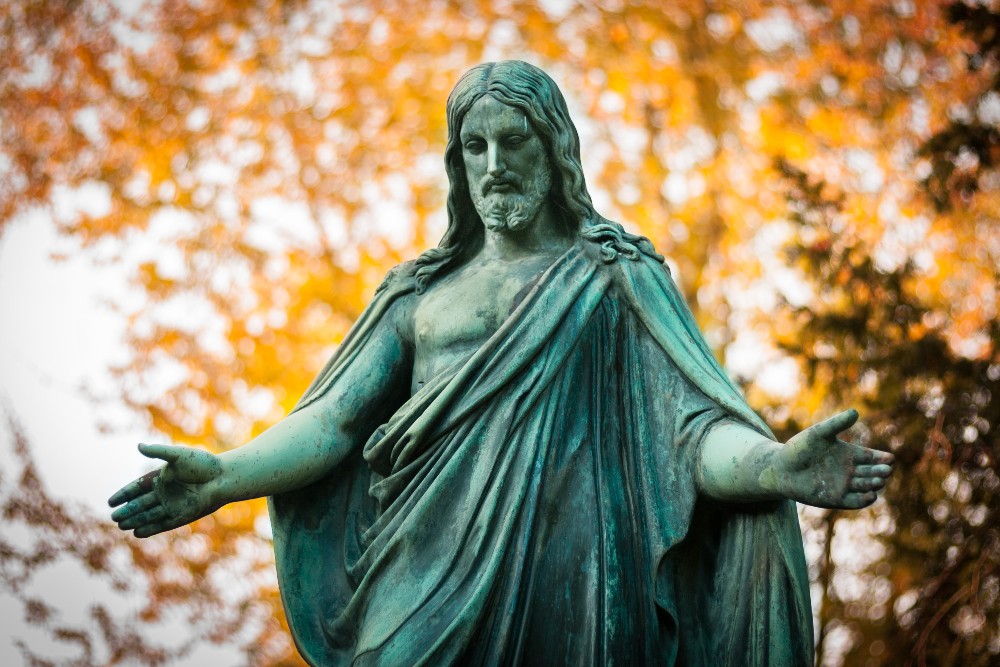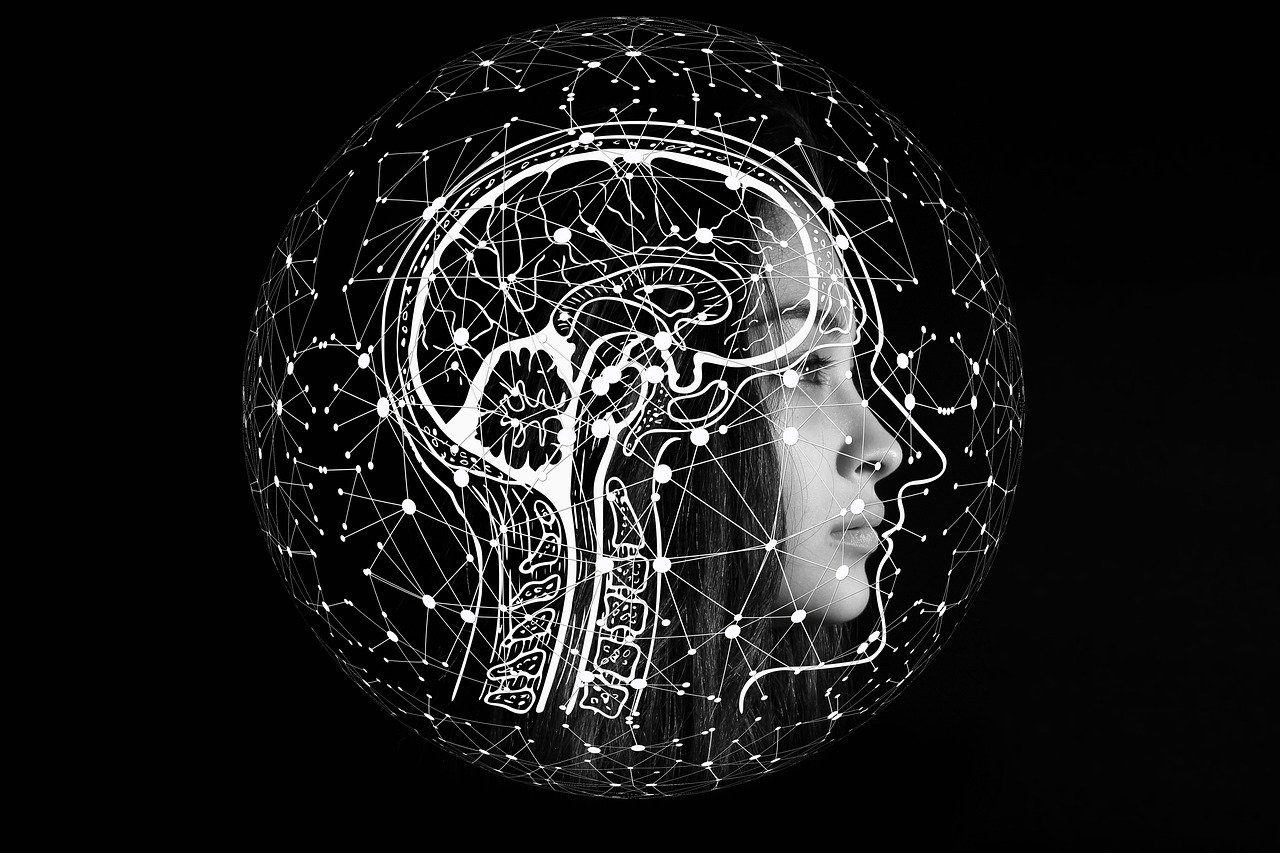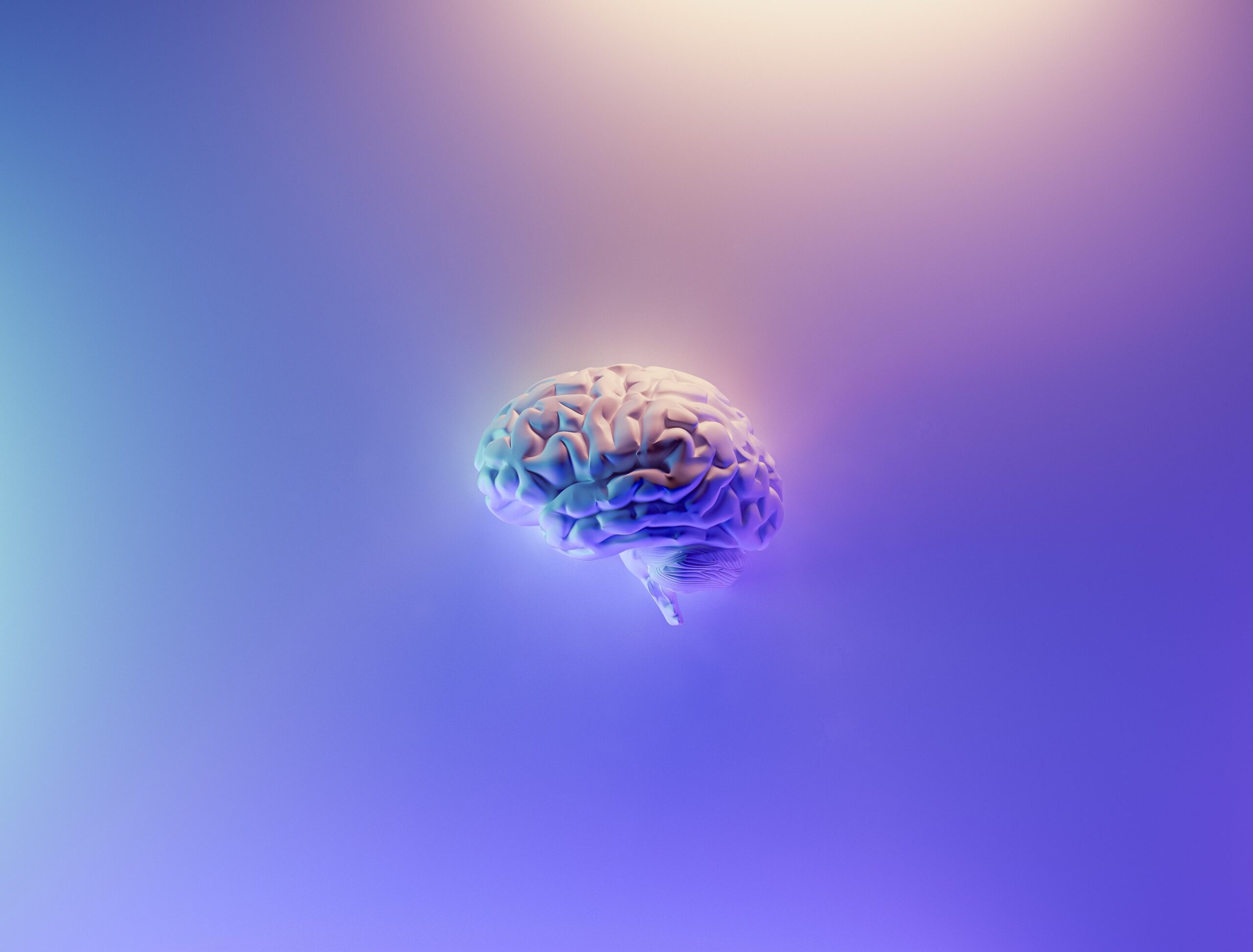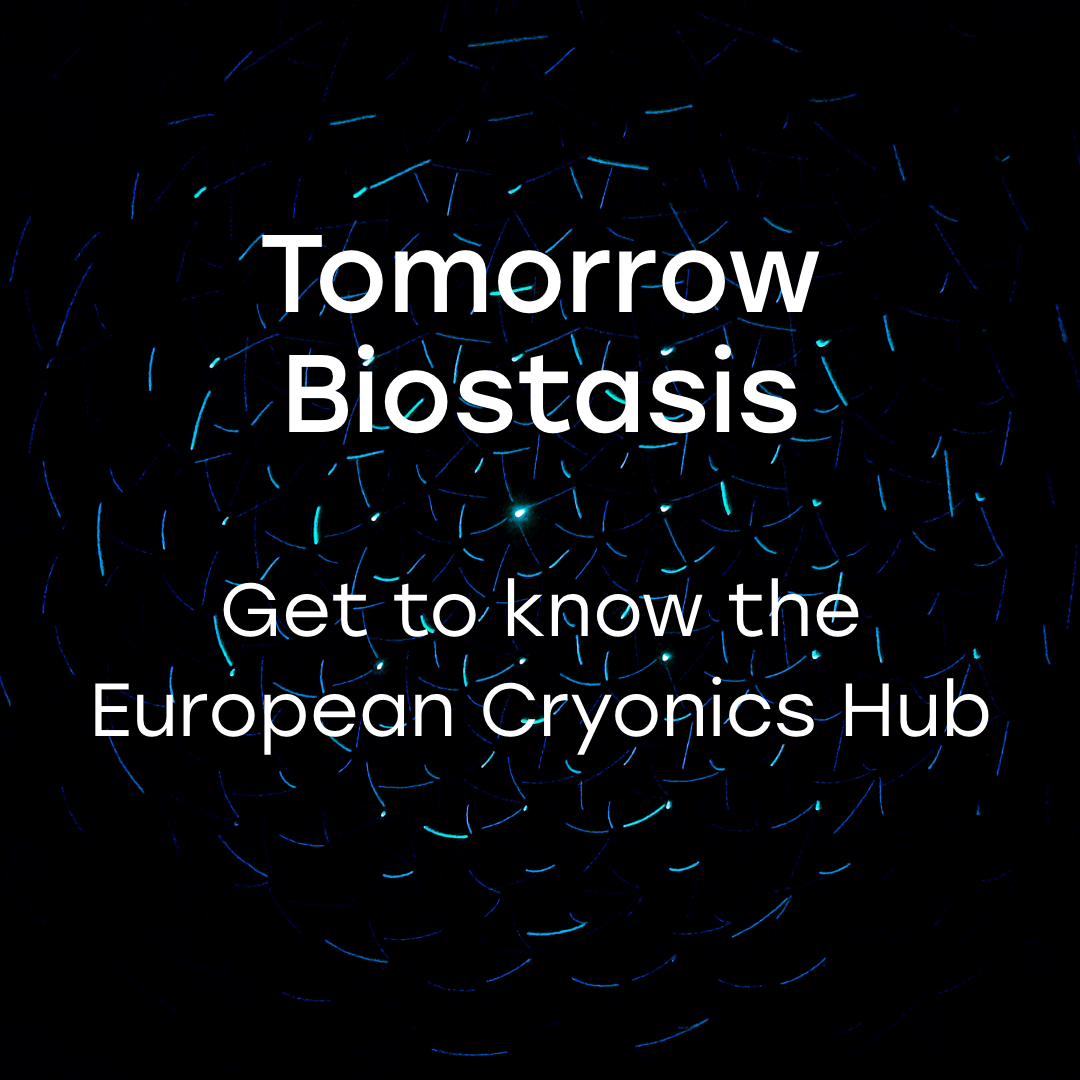The value of life
The resurrection of Jesus Christ from death is celebrated widely as Easter Sunday. It represents the rise of Christ, three days after his crucifixion, and the symbols associated with this are the rabbit and the egg. The much famed “easter egg” itself came to be used as a symbol of the regeneration of Christ – just as he rose from the tomb, so will life emerge from an eggshell.
Along the very lines of resurrection/re-emergence, lies a modern community which uses a combination of technology and medical science to interrupt the process of “dying”, as it is commonly understood, until a cure for the death-causing disease can be found, which can then be used to revive the individual. Such a procedure of putting a pause on death itself is called cryonics/cryopreservation, while the members of this community call themselves cryonicists. Although the beliefs and the process leading to the resurrection of Christ and that of cryopreservation are not identical, the emphasis on the value of life is common to both. In this article, some interesting interplays between Easter and cryonics have been laid out, ultimately providing a religious justification for cryopreservation.
Cryonics: the modern-day Messiah
Cryonics is the process through which “legally dead” individuals are preserved in extremely low temperatures so as to suspend all cellular activities in their body. This is done after administering preliminary procedures, and with the aim to reanimate these individuals when advancements in science and technology allow for it. Cryonicists insist on referring to the individuals who are cryopreserved as “patients” rather than “deceased” as they believe and hope for them to be revived over time. Cryonics organisations have grown in number and experience, putting in place streamlined procedures for entering biostasis right from the step of signing-up for it. This evolution of cryopreservation has not been without hurdles and challenges in terms of legal, ethical, philosophical and religious obligations.
Intersections between Easter and Cryonics
Although reanimation from cryopreservation is still unevidenced as against Christ’s resurrection, the underlying emphasis on the value of life in both Easter and Cryonics cannot be ignored. In this regard, there are two important points of interplay between the two:
a. You need to die to be revived
The cause-and-effect phenomenon is apparent in the resurrection of Christ as well as in the cryopreservation of individuals. In both these cases, the starting point and the “cause” is death itself. In the case of Jesus Christ, the facts of his death before resurrection can be gathered through Paul’s Letters to the Corinthians. Through these, it becomes apparent that Christ died upon being crucified. Not only that, he was also laid in a tomb which was guarded in order to ensure that no one took away his body. Therefore, the death of Christ was essentially a prerequisite for his resurrection.

For cryopreservation, legal death is also a sine qua non for the procedures to be initiated. This legal death can either occur naturally, or be induced through Medical Aid in Dying, aka euthanasia. Euthansia itself is slowly being legalised in different parts of the world, and as such the first case of an individual opting to end his life early in order to be cryopreserved occurred in 2018. However, the fact remains that a person cannot be subjected to cryopreservation procedures while they are still breathing. This is because the blood is replaced with a vitrification agent to prevent tissues and cells from encountering freezing damage, and the body – or just the brain in the case of neuro-preservation – is placed inside liquid nitrogen for long-term storage. Therefore, “death”, at least in the legal sense, is a common ground on which the resurrection of Christ as well as initiation of cryopreservation are based.
b. Transformed revival
After Jesus’ resurrection, he was seen by his disciples on many occasions, according to the Revelation and the records of his disciples, including the likes of Luke, John, and Matthew. The first indication of his resurrection was when Mary Magdalene and two women found his tomb to be empty and were then told by an angel that he had risen. However, though flesh and blood, Jesus had somewhat been transformed after his resurrection. This is clear from the records which mention that he “appeared” to his disciples, pointing towards something other than merely meeting them all. Other instances evidencing this is the fact that the travellers on Emmaus Road did not recognise him when he joined them on their journey, and even Mary Magdalene supposed Jesus to be a gardener and did not identify him immediately.
In cryopreservation too, although it is the individual that is sought to be preserved through time, the different aspects of the self might not essentially remain intact. This is more so in the case of neuropreservation, where only the brain is preserved, thereby requiring a body to be created through nanotechnology – when such technology becomes available – which would ultimately enable the revived individual to function. This might also become necessary in whole-body preservations, where the cryopreserved body has sustained significant structural damage.

Moreover, mind uploading through techniques such as whole brain emulation is also being explored as potential avenues of preserving one’s identity. This will become crucial to enable a revived individual to live a full life, complete with memories of their “initial life”. There is also the point about a person’s legal identity being different from their identity in terms of action and behaviour. This is necessary to resolve issues related to personal rights and succession when the cryopreserved person is thawed back to life. A proper regime for preserving legal identity can be established once cryonics bears more evidence towards reanimation.
In summary therefore, it can be seen that a cryopreserved individual will likely be transformed, in varying degrees, from what they were in their initial life, as was Jesus upon his resurrection on Easter Sunday.
“Cheating death” is not “cheating God” - tackling the religious objection to cryonics
Before wrapping up this article, we can quickly take a look at the primary religious objection towards cryopreservation and how it can be countered. Cryopreservation is viewed as a stop-gap mechanism which puts a pause on the dying process of an individual. The main objection, on religious grounds, is that such a process interferes with the natural course of life planned by God. However, cryonicists meet this objection by questioning the traditional notion of death. To further illustrate this, we can turn to the 19th Century, where if a person stopped breathing they would have been declared dead. This however changed with the use of techniques like Cardiopulmonary Resuscitation (CPR), administering mechanical shocks through a defibrillator, etc. Many incurable diseases from the past are now treatable through medications and specialised treatments. All these have been made possible through significant and gradual developments in medicine, science and technology. Prior to such advancements which could heal people who “stopped breathing”, all of these people would have been considered dead for all purposes.

Even people with strong religious beliefs and ideologies will resort to life-saving measures, be it taking care of themselves to not fall ill, doing everything within their control to avoid accidents, or availing treatment to cure a life-threatening disease. When viewed from this lens, cryopreservation too is nothing short of a technical and biochemical procedure seeking to alter the definition of death beyond just the stoppage of the heartbeat. Therefore, resorting to cryopreservation and potentially signing up to prolong one’s life can also be viewed as the natural course of things, for it is established that life is valuable and thus some may want theirs “extended”. Relating back to the incident of Easter, the resurrection of Jesus spread joy and happiness amongst all his followers, indicating that life is precious and made up of many intricate details, and there is no harm in wanting to extend it.
Many more Easter Sundays to look forward to?
With the caveat that revival from cryonic-suspension is yet to become reality, cryopreservation is advancing and spreading across borders. The number of people signing up to be cryopreserved has been increasing, and this shows the willingness to take a bet on the development of science and technology to prolong life. If things work out in favor of the cryonics community, there will probably be numerous scientific resurrections, as in the case of Jesus Christ, which will initially be perceived most likely as a miracle, but in the end, life extension in this way will finally become commonplace.
















Great article!